Market Trends
Key Emerging Trends in the Metal Fiber Market
Understanding the market trends of the Metal Fiber Market is crucial for stakeholders to capitalize on opportunities and navigate challenges within the industry. These trends encompass factors such as technological advancements, shifting consumer preferences, regulatory changes, and emerging applications that shape the dynamics of the market.
Growing Demand for Lightweight and High-Strength Materials: One prominent trend in the Metal Fiber Market is the growing demand for lightweight and high-strength materials across various industries. Metal fibers offer unique properties such as high tensile strength, corrosion resistance, and thermal stability, making them ideal for applications requiring lightweight components with exceptional mechanical performance. Market trends include increasing adoption of metal fibers in aerospace, automotive, and construction industries to reduce weight, improve fuel efficiency, and enhance structural integrity. As demand for lightweight materials continues to rise, the Metal Fiber Market is expected to witness significant growth.
Advancements in Material Technology: Technological advancements drive innovation and differentiation within the Metal Fiber Market by enabling the development of new materials with enhanced properties and performance characteristics. Market trends include the development of advanced metal fiber alloys, surface treatments, and manufacturing processes to improve mechanical properties, conductivity, and durability. For example, the use of nanotechnology in metal fiber production allows for the creation of ultra-fine fibers with superior strength and flexibility. Market players that invest in research and development to develop next-generation metal fiber technologies can gain a competitive advantage and meet the evolving needs of customers in the Metal Fiber Market.
Increasing Applications in Filtration and Separation: Metal fibers are increasingly being used in filtration and separation applications across various industries, including automotive, aerospace, and healthcare. Market trends include the adoption of metal fiber-based filter media for air filtration, liquid filtration, and gas separation applications due to their high filtration efficiency, durability, and resistance to extreme operating conditions. Metal fiber filters are used to remove particulate matter, pollutants, and contaminants from air and liquids, contributing to improved air quality, environmental protection, and product quality. Market players that offer innovative metal fiber filter solutions can capitalize on the growing demand for filtration and separation technologies in the Metal Fiber Market.
Focus on Sustainable and Eco-Friendly Materials: There is a growing emphasis on sustainability and eco-friendliness within the Metal Fiber Market, driven by increasing environmental awareness and regulatory pressure to reduce carbon emissions and promote circular economy principles. Market trends include the development of sustainable metal fiber materials, such as recycled and biodegradable fibers, to minimize environmental impact and meet the needs of environmentally conscious consumers. Market players that prioritize sustainability in their product development and manufacturing processes can differentiate themselves and appeal to eco-friendly consumers in the Metal Fiber Market.
Expansion of End-Use Applications: The Metal Fiber Market is witnessing the expansion of end-use applications across diverse industries, driven by technological advancements and market demand. Market trends include increasing adoption of metal fibers in emerging applications such as 3D printing, electromagnetic shielding, and smart textiles. Metal fibers are used as additive materials in metal 3D printing processes to enhance print quality, strength, and surface finish. In electromagnetic shielding applications, metal fibers provide superior conductivity and electromagnetic interference (EMI) shielding performance compared to traditional materials. Market players that identify and capitalize on emerging applications for metal fibers can gain a competitive edge and drive market growth in the Metal Fiber Market.
Market Consolidation and Strategic Partnerships: Market trends in the Metal Fiber Market include increasing consolidation among market players through mergers, acquisitions, and strategic partnerships. Market consolidation enables companies to achieve economies of scale, expand their market reach, and strengthen their competitive position. Strategic partnerships and alliances with suppliers, distributors, and end-users can also provide market players with access to new markets, technologies, and resources, facilitating market growth and expansion in the Metal Fiber Market.
Demand from Emerging Economies: Emerging economies, particularly in Asia-Pacific and Latin America, represent significant growth opportunities for the Metal Fiber Market. Market trends include increasing demand for metal fibers in industries such as automotive, electronics, and construction, driven by rapid industrialization, urbanization, and infrastructure development in these regions. Market players that establish a strong presence in emerging markets, localize their product offerings, and forge strategic partnerships with local industry players can capitalize on the opportunities presented by the growing demand for metal fibers in emerging economies.

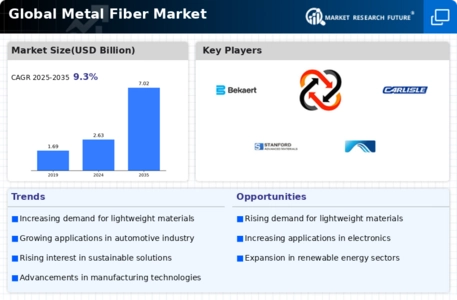
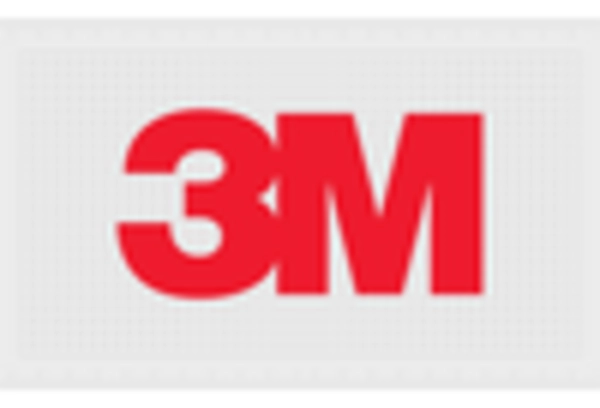

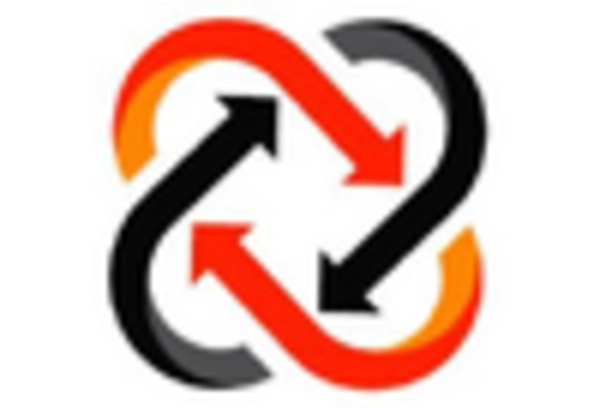

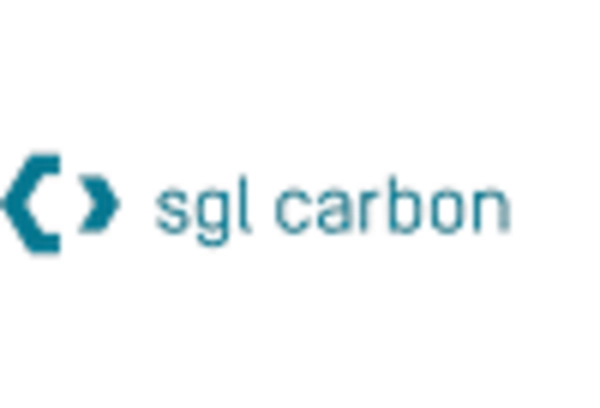
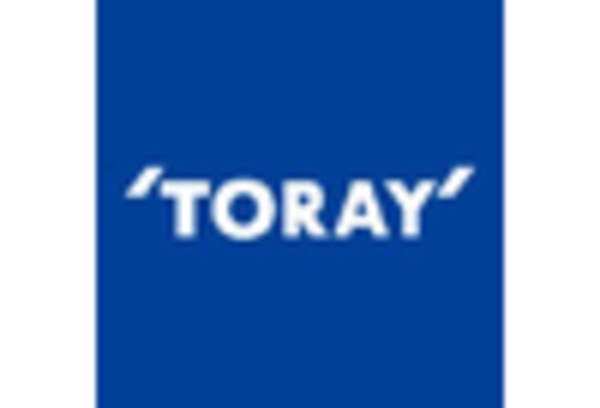









Leave a Comment